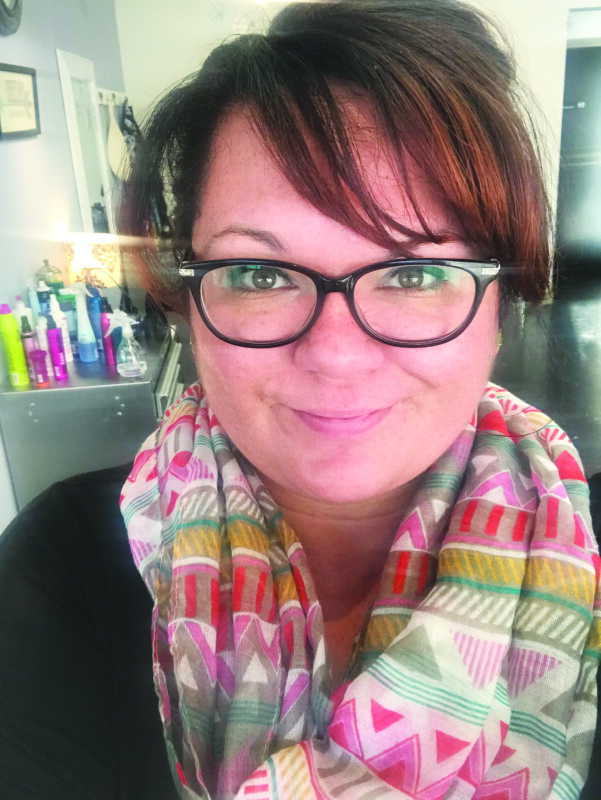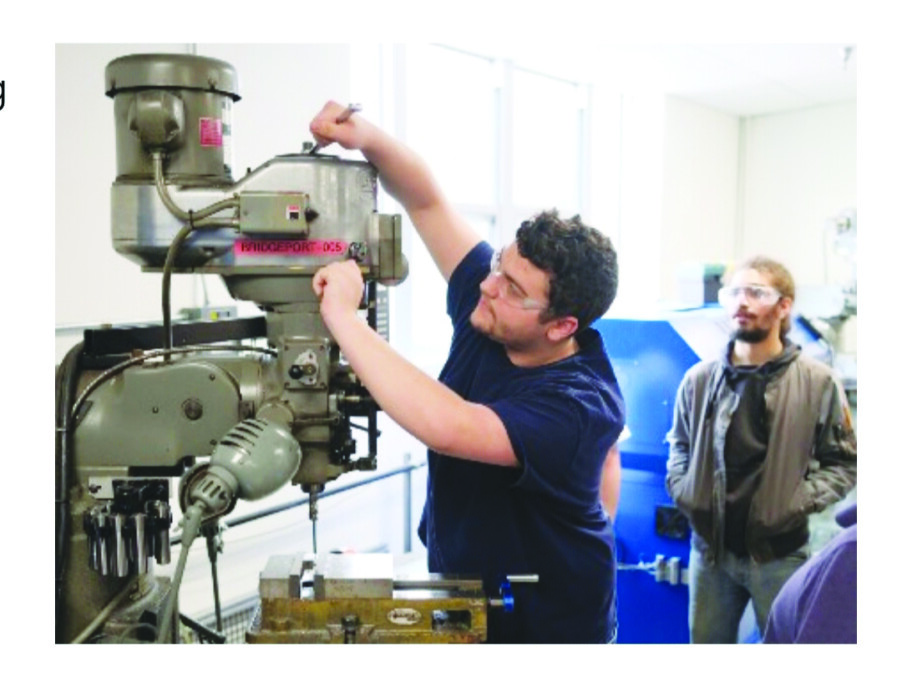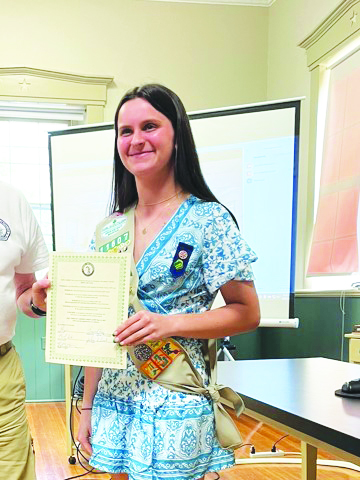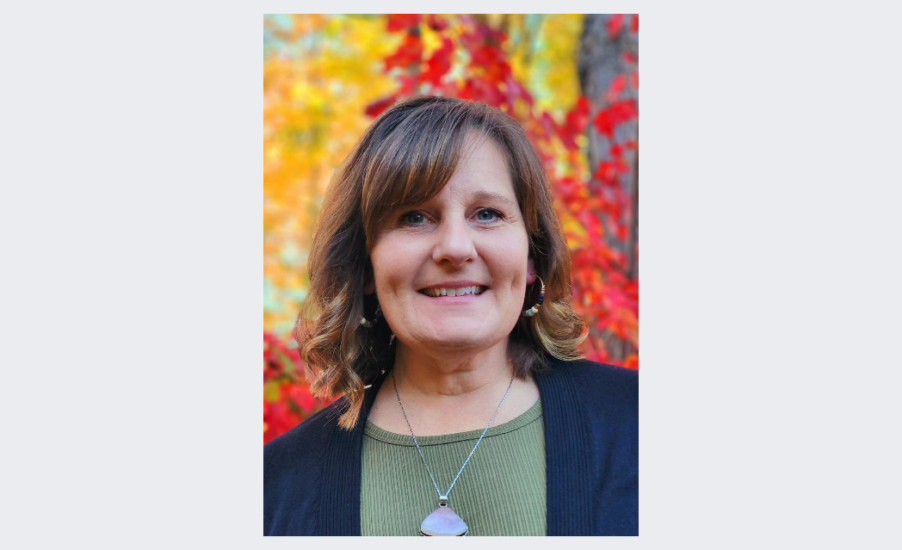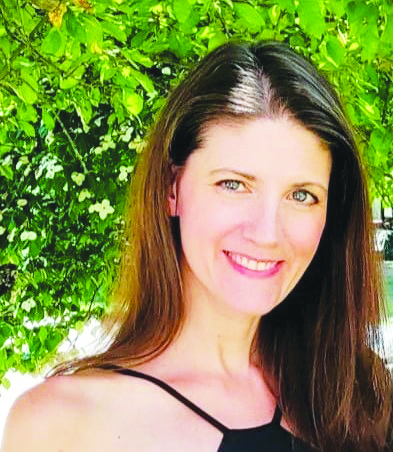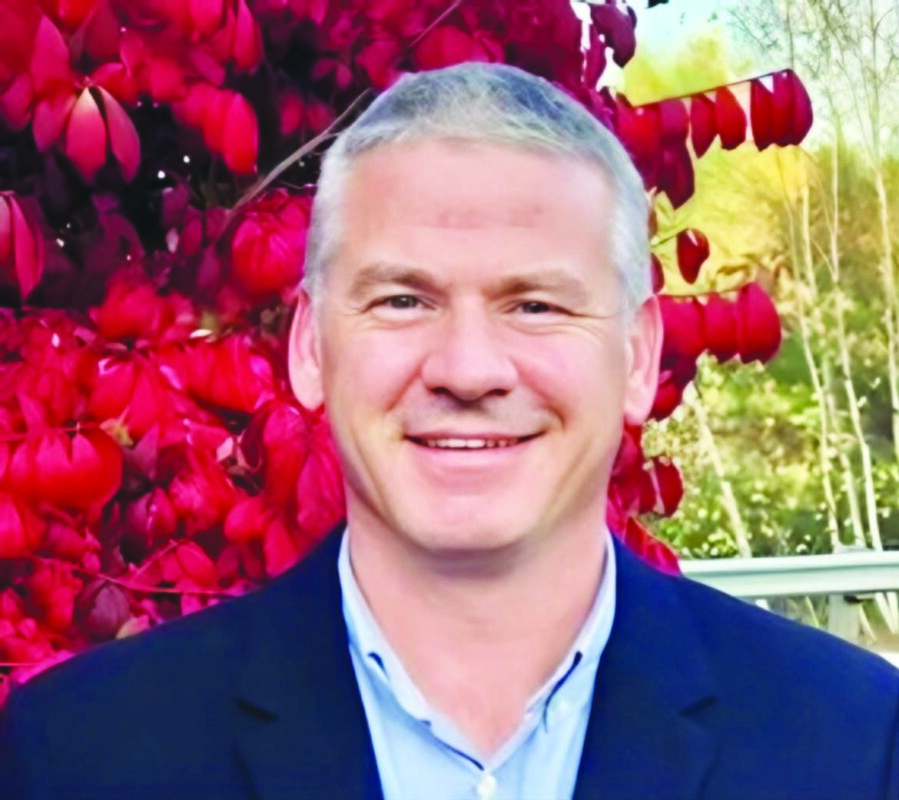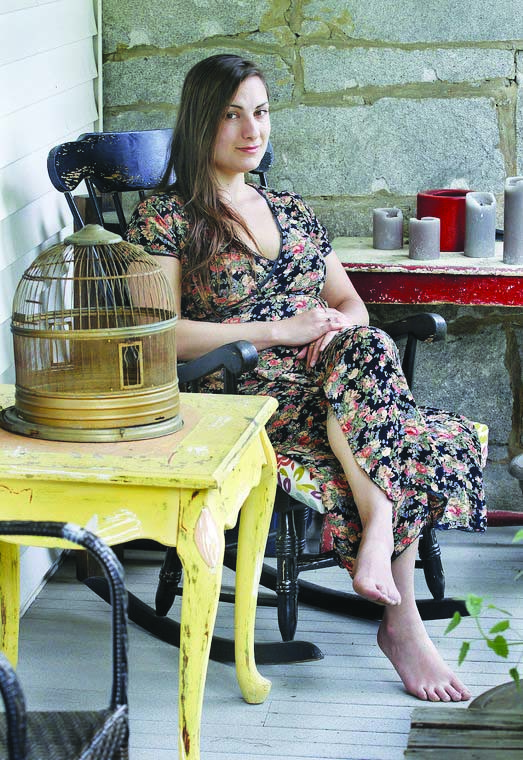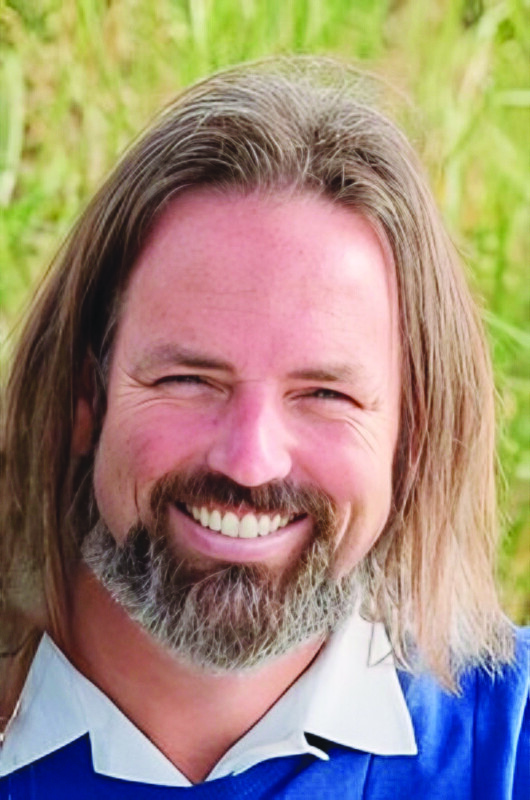NH Historical Society holds scavenger hunt
Discover New Hampshire’s hidden treasures, stories and landmarks during the New Hampshire Historical Society’s 603 History Hunt. Elizabeth Dubrulle, Director of Education and Public Programs, talked about the inspiration, challenges and prizes of this unique statewide scavenger hunt, which begins on July 1.
What inspired the 603 History Hunt?
When we were brainstorming ideas for our 200th anniversary, we planned an extra-special year across the board. We wanted to do a lot of things focused on our regular audience and our members, but we also wanted to do something more broad, for the general public and people who don’t normally visit us or come to our programs. We came up with this idea. We thought it would be a fun, lighthearted way to get people out and about in the summer to explore and appreciate New Hampshire … and to find out great things about New Hampshire that they probably didn’t know before.
What are some of the challenges that participants can expect to do during the hunt?
There are tons of different kinds of challenges. Most are pretty accessible to everyone, but we made a few of them pretty hard to [cater to] the whole range of experience people [have] with New Hampshire. There’ll be things like visiting the longest candy counter in the world … and visiting historic markers, statues and interesting tourist attractions … like the original engine on the cog railroad. There’s finding grave sites for famous people, like the author Willa Cather and Franklin Pierce. There’s visiting things like the Walldog murals in Keene and other kinds of hidden gems, like the Mercy Train in Manchester.
What experiences are you aiming for participants to have through these challenges?
We’re trying to get people to recognize how extraordinary New Hampshire is, and to just get a look at the world around them. … New Hampshire has had a really outsized impact on American history. A lot of famous people have come here or were born here. Things have been invented here. There have been a lot of firsts here. … We’re all so busy and doing so many things so many times. Sometimes we forget that we live in this great state with all these wonderful things to see.
How does the scoring system work?
It’s all run through a free app called Scavify. You download the app onto your phone and join the 603 History Hunt. On July 1, the challenges will be uploaded. As you complete each challenge, you either upload a photo or scan a QR code, whatever the challenge requires, and get points. The app automatically keeps track of your points. You can check the leaderboard at any time and see how you’re doing compared to other people. Each person plays as an individual; there’s no team function, but we encourage people to play as a family and go out and do it together. Everybody can have their own account, or you can have one account for your whole family.
What are the prizes?
We have some participation prizes, like if you complete five challenges you get a 603 History Hunt mug. If you complete 25 challenges, you get a 603 History Hunt baseball hat. Those can be picked up here at the New Hampshire Historical Society. We’re also having a free ice cream social on Aug. 5 for all the participants where people can pick up their participation prizes. There are also five competitive prizes. We’re still [confirming] some of the prizes … but the ones we have locked in are two passports for the New Hampshire Heritage Museum Trail, which gets you free admission into more than 20 museums around the state; … two tickets for the cog railroad; … and two tickets for Canobie Lake Park. We thought we’d keep in the spirit of things and give prizes that get people out and doing things. All of the competitive prizes also come with a free one-year membership for the New Hampshire Historical Society, which gets you free admission to the museum, archives and library, discounted admission to our workshops and special tours and free admission to all of our Saturday programs … which are lectures and collection highlight talks and stuff like that.
Featured photo: Caleb Smith. Courtesy photo.


